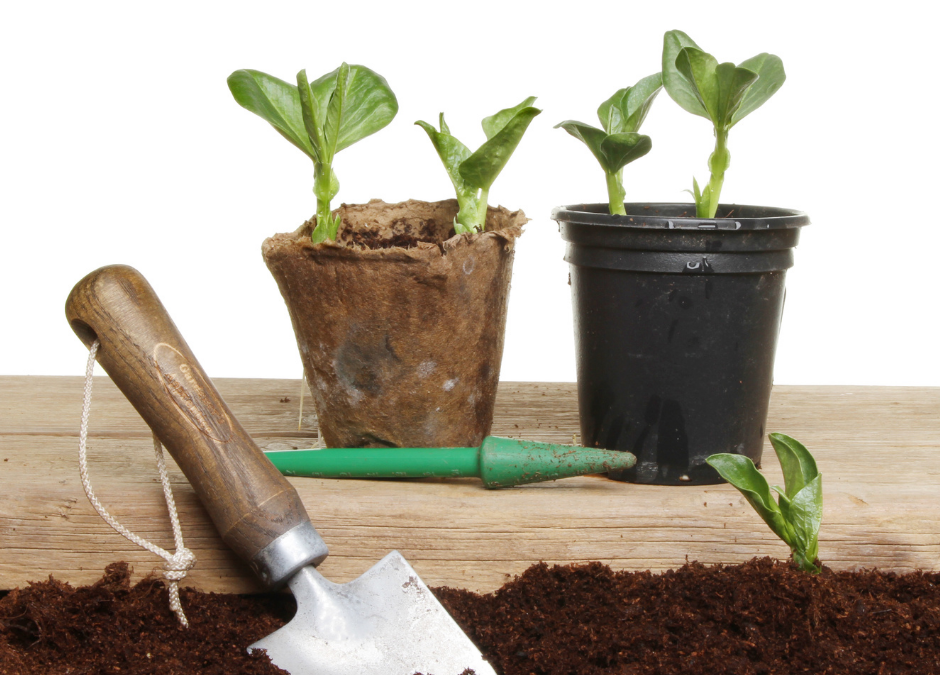Autumn arrives this month and so with that a timely reminder of what activities to do in the garden in preparation for the coming months ahead.
As the hot summer days wane, it’s time to plan and prepare the soil for the autumn and winter garden.
Firstly, autumn is a great time to plant seeds such as beetroot, cabbages, broccoli, cauliflowers, silverbeet, spring onions and radishes.
Getting a good seed strike before the cooler temperatures of winter set in while the soil is still relatively warm, preparation is paramount. An important part of preparation is ensuring that the soil is in a good condition to maximise the germination strike and one way to achieve that is to apply humate. Incorporate humate liberally to the topsoil or the seed mix at the rate of up to 1.5–2kgs per sq. metre at planting. Humate supplied by Southern Humates is up to 20x more potent than regular compost and is BioGro certified. Millions of years of forest residue broken down make humate a very valuable source of carbon (carbohydrate) that feeds the fungi and bacteria. These microorganisms work together breaking down the nutrients and dramatically improving the biodiversity of the soil. This environment is ideal for stimulating and promoting seed and plant growth.
Late summer-early autumn is also the perfect time to sow and plant winter vegetables, as the still-warm soil encourages speedy germination. When planting seedlings from nurseries that are in punnets, remember to use humate to aid the growth. When planting punnets, a good idea that works very well is to make up a solution of Daves Liquid Humate (instructions on bottle) and soak the roots in a bucket prior to planting. Ensure all the bubbles have stopped before removing from the bucket. After the planting you can pour the contents over the row of plants to use up the rest of the liquid humate. That’s when you mix a handful of humate into the hole along with the potting mix/topsoil when planting – this will greatly improve the growth and quality of the plants.
Protect young seedlings with cloches or frost cloth if weather turns frosty.
Remember not to plant veges in the same family consecutively – eg, if you had cabbages (a brassica) in one spot, choose a plant from a different family, such as leeks, to plant next. For loads of vitamins and minerals cavolo nero (black kale) is hard to beat.
Tip:
After any planting, get into the habit of applying Daves Liquid Humate every 5–7 days. The easiest way is to make up a solution (1=100) and using a watering can, liberally pour over the foliage so as to get a foliar feed plus a soil drench. Daves Fish & Seaweed liquid is also a great product and can be easily mixed in with the liquid humate. This way the plants are getting all the goodies from the fish & seaweed plus the carbon from the humate.
